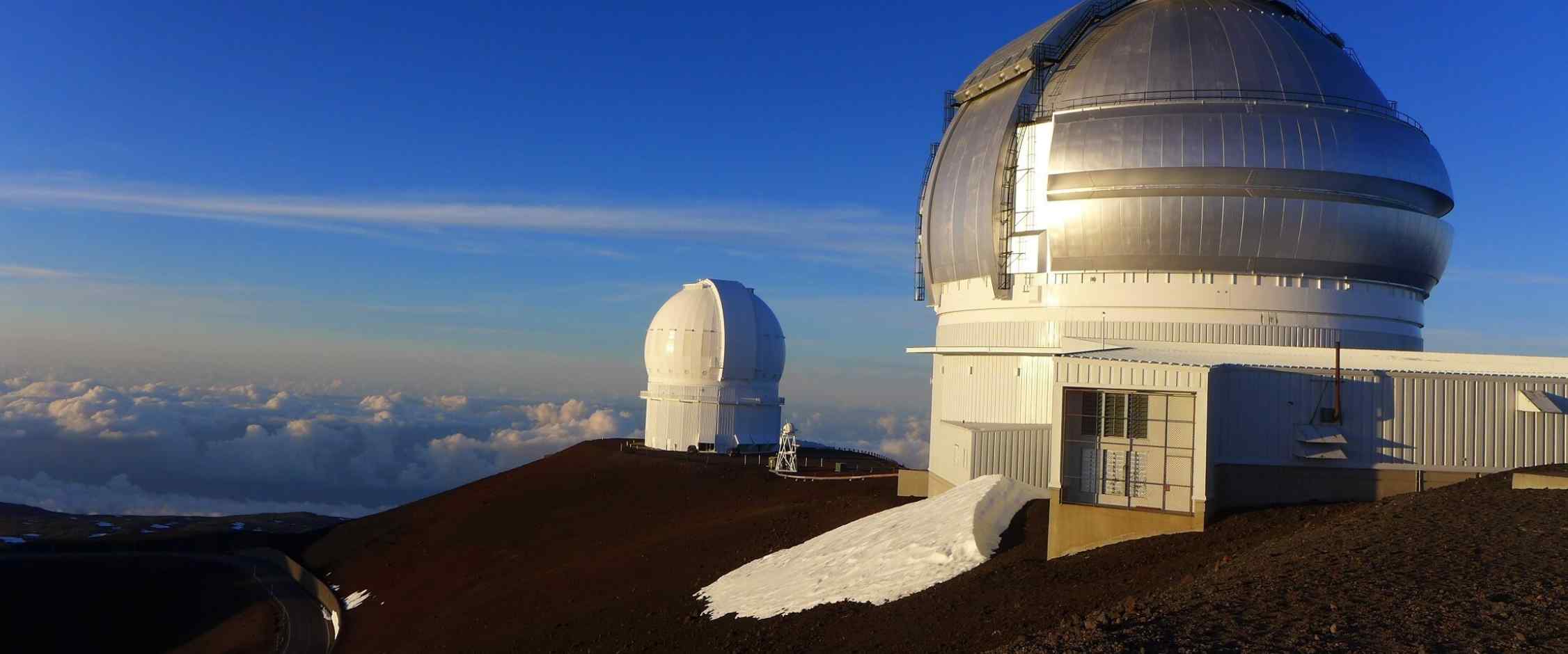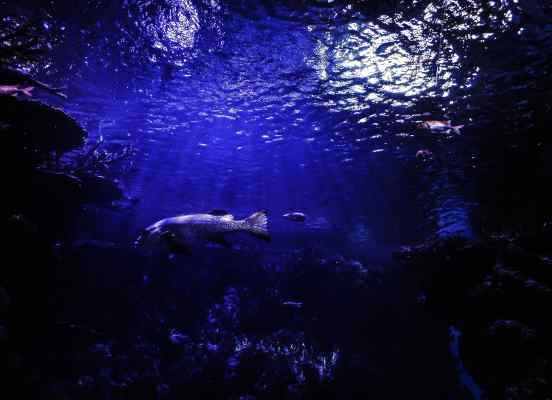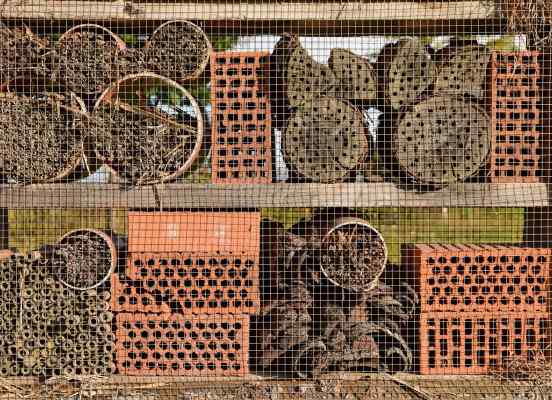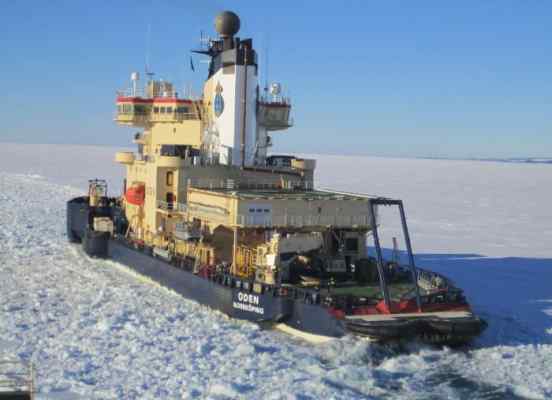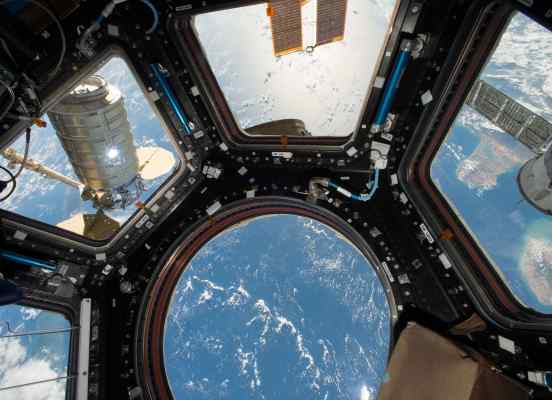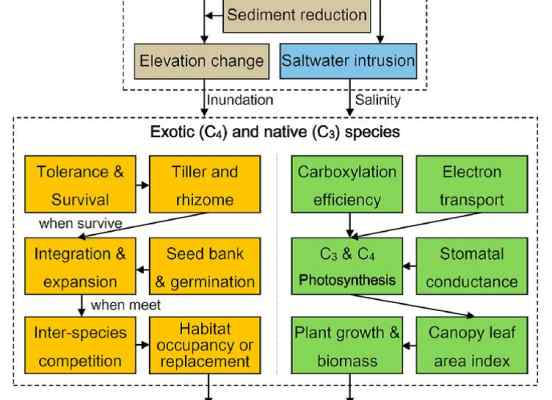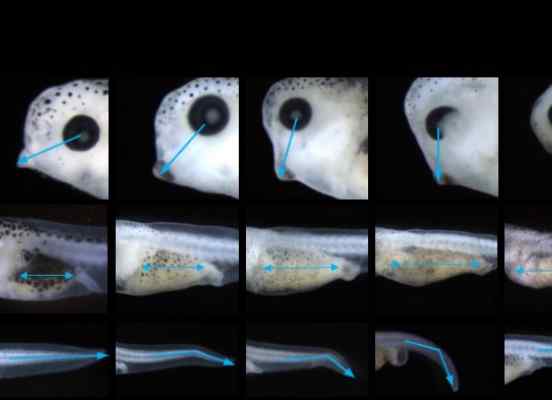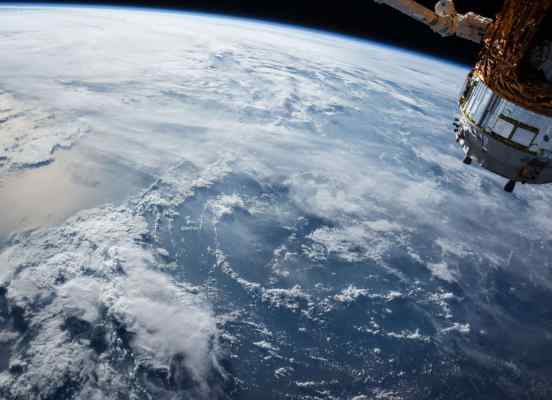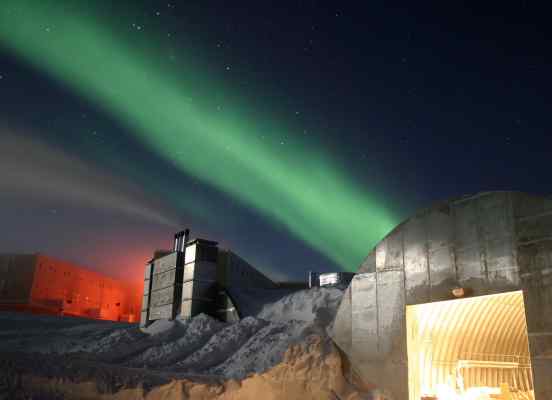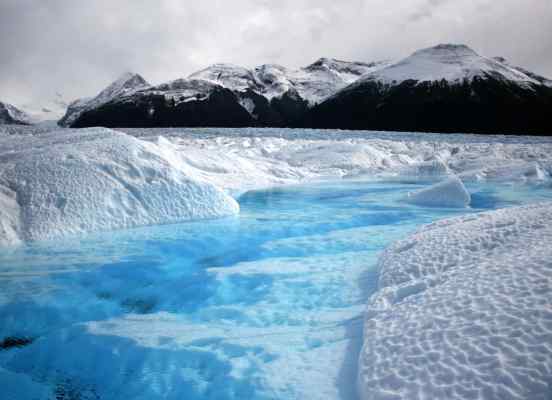Description
This research is intended to provide insight into the mechanisms determining the cycling of biologically important elements through the Earth system. We also address how human activities have altered some of these cycles as this forms the basis of a range of environmental and climate-related perturbations.
After completion of this course, students should be capable of :
Interpreting the long-term evolution of the Earth's atmospheric composition as the result of a combination of biological, geological and chemical processes, and provide examples of feedback loops that regulate this composition.
Explaining the principles of stable isotope fractionation and understanding the utility of stable isotope signatures as proxies for biogeochemical processes and environmental reconstructions in different ecosystems.
Understanding the principles of using radionuclides as 'natural clocks' and specific applications in e.g., oceanography.
Distinguishing the different components of the terrestrial carbon cycle and to identify the main drivers of an ecosystems' productivity and net ecosystem carbon exchange.
Providing examples of both direct and indirect human perturbations of different element cycles (C, N, Si) and their implications for both terrestrial and aquatic ecosystems, and the atmosphere.
Interpreting the vertical and spatial distribution of different biologically important elements and primary production in the ocean in the context of ocean circulation and other driving factors.
Synthesizing the mechanisms underlying the biological and physical carbon pump of the ocean, and the carbonate counter-pump.
Discussing the role of freshwater ecosystems in the global carbon cycle, and providing arguments for the importance of 'blue carbon' ecosystems.
Synthesizing the main regulating factors (biological, geological and chemical) of the global distribution and cycling of biologically important elements such as C, N, P, Si, and of greenhouse gases such as methane.
Areas of research
- Estuarine Evolution
- Coastal Dynamic Geomorphology
- Estuarine Sediment Dynamics

